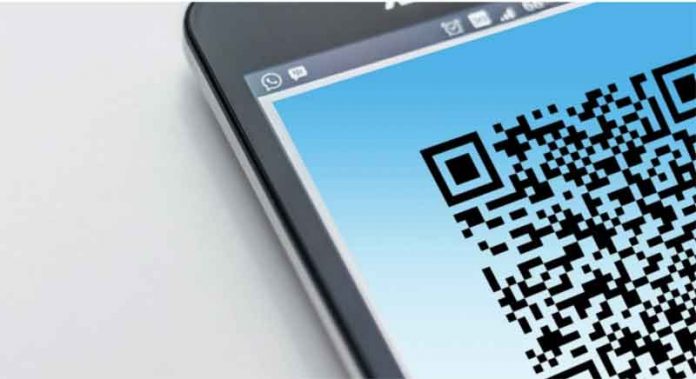QR codes, once deemed obsolete by many experts, are experiencing a renaissance of sorts.
These little blocks of overly complicated patterns have become the latest craze among engagement-hungry businesses — and wow, are they proving effective!
From supply chain to marketing, they have become a prominent force in almost every facet of today’s contactless commerce. Here’s the scoop on everything you need to know about the comeback of this classic technology.
QR code’s journey so far
Invented by Masahiro Hara, QR codes were initially deployed as a tracking system for assembly line components.
However, this mid-90s invention didn’t really pick up any steam until the era of smartphones kicked in. And even then, the craze was short-lived, as interest died down when marketers realized its reliance on third-party scanning apps.
A decade ago, QR codes didn’t have the functionality or convenience to keep people interested. Fortunately, things changed in 2017 when Apple first made its QR reader a native feature. With other manufacturers following Apple’s lead and launching smartphones with built-in scanners, marketers’ interest in QR codes began to heat up. It’s a pity that this leap forward wasn’t enough to catapult QR codes into mainstream acceptance. As a result, the interest soon fizzled out. Until recently, that is.
As the COVID-19 pandemic hit full throttle, businesses were forced to communicate with customers outside traditional contact methods. And QR code technology suddenly became a ubiquitous way of transcending these tangible communication barriers.
QR codes in action
‘In practice, QR codes behave awfully a lot like the barcodes you find on product labels. In both cases, the data is translated into a machine-readable arrangement of visual elements.
For QR codes, however, the visual element consists of black modules arranged in a square pattern on a white background. And scanning this code deciphers information stored on it, which can be read by devices with recognition software, like your smartphone.
For example, Cocokind’s packaging includes a QR code that directs users to the brand’s online resource for more information on how the product is organic and sustainable.
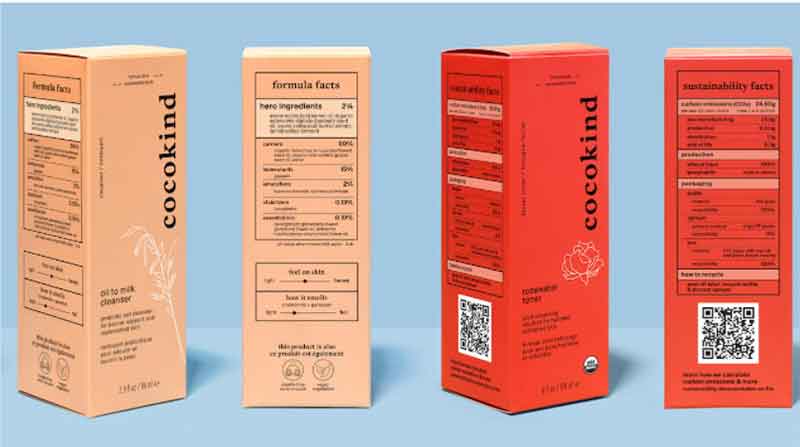
QR codes are an easy way for users to access supplementary product information. A good example of this is Nissan’s 2012 QR code campaign. The company placed QR codes on all their vehicles, leading users to more information about each car. They could see the vehicle’s features, read reviews, and browse accessories – all from a quick scan.
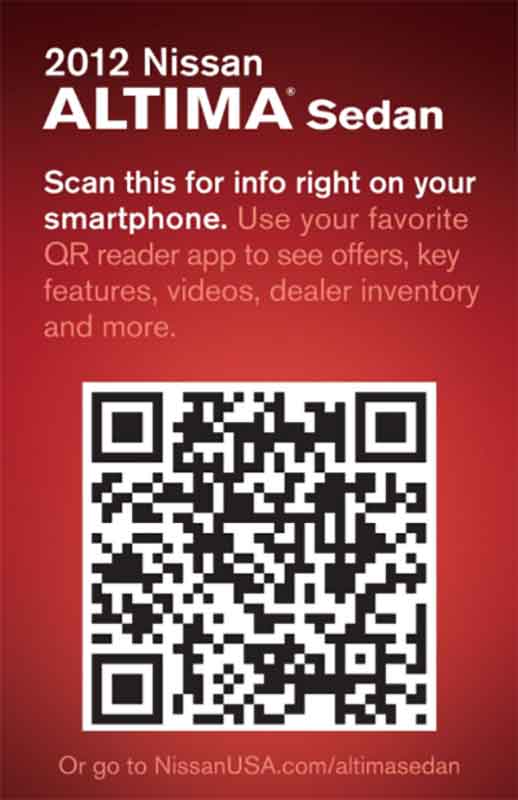
QR codes can be categorized into two types:
Static QR codes
A static QR code is a perfect solution if you have a one-off event or need to keep the information on your QR codes unchanged. But since they are irreversible, any typos or mistakes will necessitate you to create a new code. That being said, these codes don’t expire, so once the content is set, you’re good to go.
Static QR Codes are not suitable for business and marketing use because they lack flexibility. They do function well for personal use, though, as the information is not being tracked the same way it would be for a commercial entity.
Dynamic QR codes
Dynamic QR codes are free from traditional constraints that limit the scope of modification. This is because the information isn’t ingrained directly within the code but instead directed through a URL that can be changed at any time.
The biggest difference between static and dynamic QR codes is that dynamic codes are capable of capturing scanning metrics. You can track the time, location, and device used for each scan, which will give you a valuable look at how your campaign is shaping up.
The many uses of QR codes
Here are a few ways you can leverage QR codes to enhance your customer engagement:
Add interactive elements to real-world experiences.
Using QR codes as triggers to add immersive experiences is a great way to bring a two-dimensional experience to life.
Take TikTok’s first outdoor advertising campaign as an example. The company launched a campaign to give unsigned artists a chance to be heard.
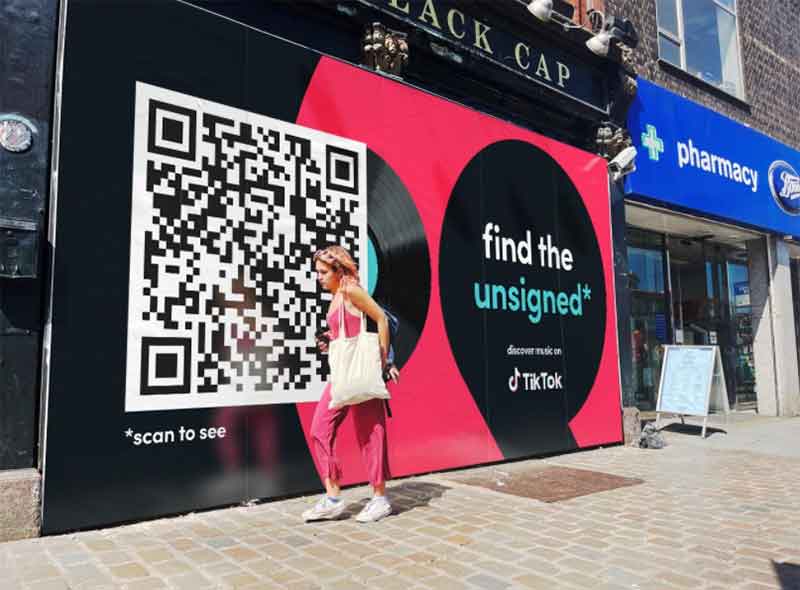
As part of the promotional effort, billboards and poster ads were put up near popular music venues in different cities. The boards featured QR codes which, when scanned, redirected the user to a dedicated showcase of unsigned musicians on TikTok.
Get on the go feedback from your customers.
Consumers respond well to digital surveys because they’re user-friendly, quick, and catch people fresh off the experience. When it comes to real-world feedback collection forms, however, these benefits are often absent.
The solution? QR code surveys. By using a QR code survey system, you can extend the same high-yielding effects of digital surveys to your on-site feedback collection.
For example, let’s say you run a physical store and are looking for post-purchase feedback from your customers. Simply print your QR code for the survey on their receipt. Once that’s done, all you have to do is ask your customers to scan the QR code and fill up the survey. And you can start collecting their valuable reviews right away.
Stream live user guides.
Rather than printing out paper copies of your manual, put it online and link to it with a QR code. The advantage here is that you can include all the elements you couldn’t come with hardcopy — elements like graphics, sound, and video.
For instance, a premium liquid cooling solutions provider called EK made the decision to ditch paper manuals in favor of QR codes.
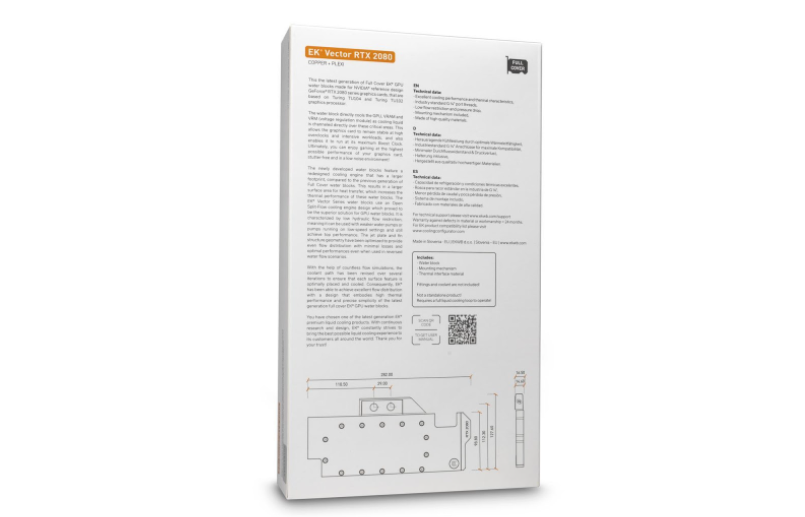
Their goal was to give back to the environment without limiting the materials that make their products top-notch. By scanning the provided QR code with a smartphone, customers would be able to access a digital manual for their product.
Ikea is another example of a company that creatively illustrates the assembly process for their furniture through easy-to-follow video guides. You can link such product tutorials by using a Youtube QR code. This code allows your customers to instantly view their merchandise-related YouTube video once scanned, without typing the full URL of the video or digging through the web for it.
QR code’s comeback
For many years, QR codes were relegated to the background, but they finally came to the fore during lockdowns when restaurants began removing physical menus. And soon, people were raving about how beneficial it is to simply point your camera at a code and receive information.
Although they’re not yet considered permanent fixtures in the post-pandemic world, the phenomenal rise of QR codes has been nothing short of astonishing. But is their popularity going to last? Only time will tell.


